As I scrolled through Instagram stories this summer, all I saw on my feed were polls from students in the Fullerton Joint Union High School District asking whether their viewers chose Cohort A/B or Cohort C for hybrid learning.
As I expected, most of the responses leaned toward Cohort A/B, since everyone missed the old norm. Even the July 7 poll that I posted, which had 71 participants, resulted in 61% in Cohort A/B and 39% in Cohort C.
However, in another one from Sept. 30, the results altered dramatically. Out of 102 participants, 13% chose Cohort A/B and 87% chose Cohort C. The migration toward staying home to learn from six or more hours of Zoom sessions is not surprising.
First, it is the surefire way to gain an education and to secure our safety. My decision to remain in Cohort C was heavily influenced by my health and reduction in transportation time.
With 8.8 million positive coronavirus cases as of Oct. 28 according to CNN’s world coronavirus tracker, the United States takes the lead with the most in the world. As an American, I have the responsibility to prevent the further spread of this virus, and that’s best done by remaining in Cohort C.
Despite the school’s efforts to have custodians frequently sanitize desks and chairs, these actions only prevent the further spread of COVID-19 to a certain extent. The only comfortable way to stop the further escalation of the virus is to remain quarantined and avoid contact with others since wearing a mask for more than 6 hours could cause discomfort as well as breathing problems.
However, students in Cohort A/B will inevitably come in contact with one another by touching door knobs, walls, lockers and lunch tables. Since gloves are not required, the spread of the virus can be enhanced through third parties, especially, the bathroom doors cannot be cleaned after every student.
In Cohort C, students can learn in a familiar environment — their houses. Staying at home gives them the opportunity to wake up later than they would normally since getting ready for school is unnecessary, allowing students to get more sleep. When classes end early, it gives students the opportunity to take a shower or sleep more until the next period.
As long as the district allows me to remain at home to learn, I plan to do so–even if vaccines for the coronavirus are made available to the public.
Since I am home, everything I need for school is within my hand’s reach. Last year, I often forgot to bring my homework from home or charge my chromebook, but being in Cohort C throws these issues out the window.
Participating in class also becomes much easier for students like myself, but not for teachers. Teachers who struggle to find participation during class use Google Classroom’s random student name generator to call on them or offer points to encourage participation. Zoom meetings provide a chat section with the teacher, which allows me to notify them about any test correction mistakes they have made or any questions I have about a topic.
Since I am behind a screen, where in-person connection of eye contact and body language is lost, I have a burst of courage to speak out during class and ask questions, which I would not be able to do during an in-person class. The screen barrier makes me less self-conscious since none of my classmates are staring at me simultaneously when I ask a question. Since it only takes a couple clicks to attend student support compared to walking to a certain class, I am much more likely to attend student support or even club meetings and become involved around the school community.
Bullying would be eliminated altogether since physical, mental and emotional abuse would happen on campus where there aren’t eyes everywhere. Even the rates of cyberbullying during school would become reduced since the teachers turn off private chats among students.
Additionally, my grades have significantly improved after distance learning began because I record the Zoom sessions for teachers who do live lectures instead of videos, which I can watch and pause repeatedly at my own pace and constantly retwatch for a more in-depth understanding.
Also, since the materials are recorded and posted, it encourages me to take more detailed notes and draw diagrams along with it. Also as a result of the timestamps on Google Classroom, procrastination is impossible, which motivates me to take thorough notes earlier in the day rather than speeding through it at night like I normally would during in-person school.
Many students dislike Cohort C because of their Wi-Fi connectivity issues or other technical issues. However, my household has had a strong Wi-Fi connection throughout distance learning, since only two people — me and my brother — are on the internet during school hours. For students who don’t have a strong Wi-Fi connection, the school offers personal hotspots to improve their distance learning experience. If hotspots are not a good option, resetting the router or calling the internet company for a check-up would be other alternatives.
Staying in Cohort C naturally comes with more time spent with family. My parents agreed with my decision to remain in Cohort C and didn’t see my constantly staying home as a burden; they were thrilled to learn more about me and spend more time as a family doing activities, such as movie nights or game nights once every month.
Unfortunately, not all students have the luxury of a stable home environment, and attending school would be the better option. Then, choosing Cohort A/B or reaching out to the school or social service organizations for further help would be the reasonable decision.
Although the American Academy of Pediatrics “strongly advocate[d]” on Aug. 19 for the opening of in-person learning because it brings students nutrition, social skills and emotional skills, the safety of the staff and students are at risk.
During these times, going back to school could be a high risk for the health of me along with my family. Even though I will miss my friends, Cohort C ensures the safety of the household as a whole, which is my top priority.



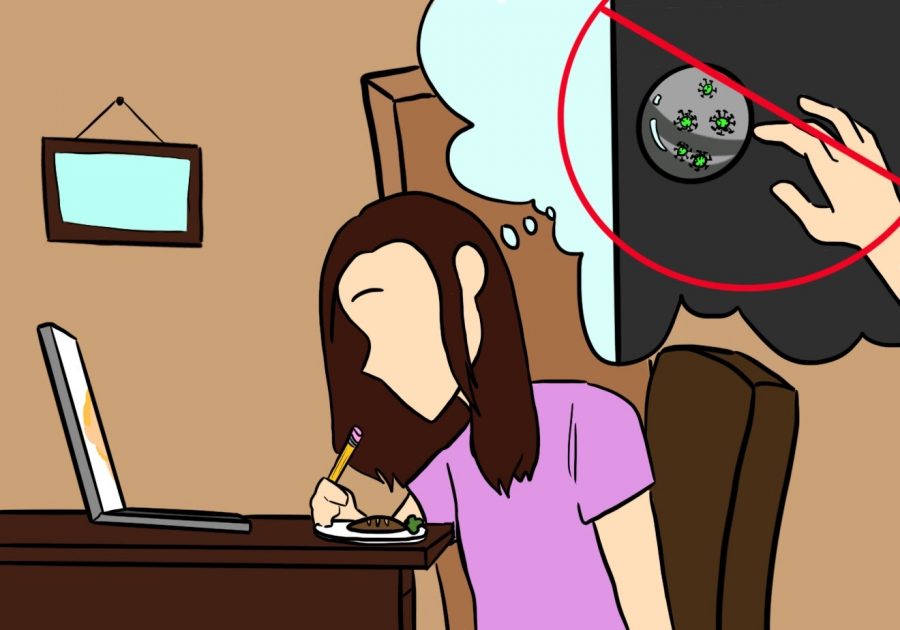
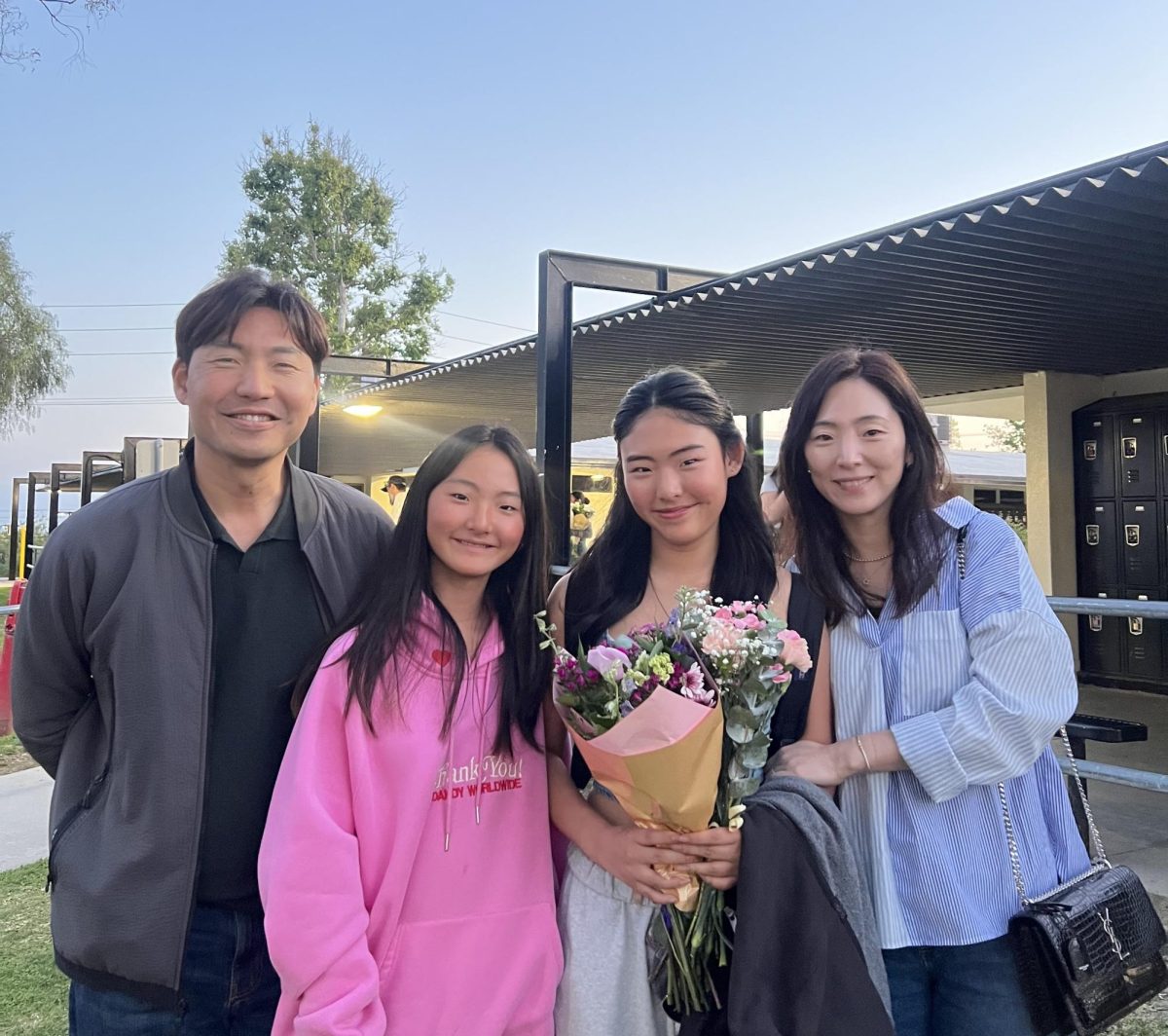
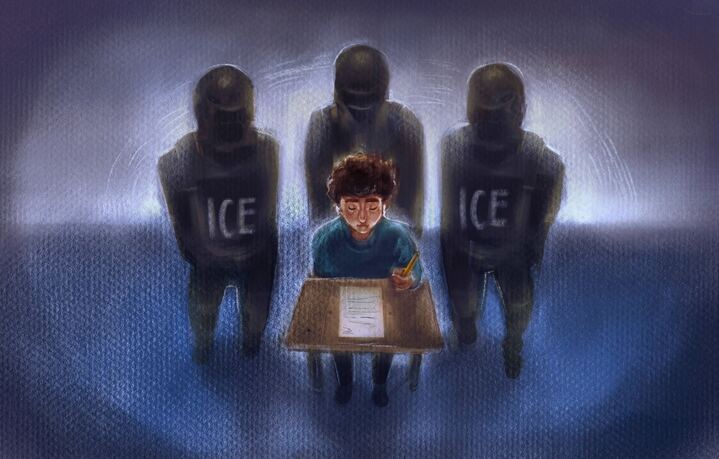

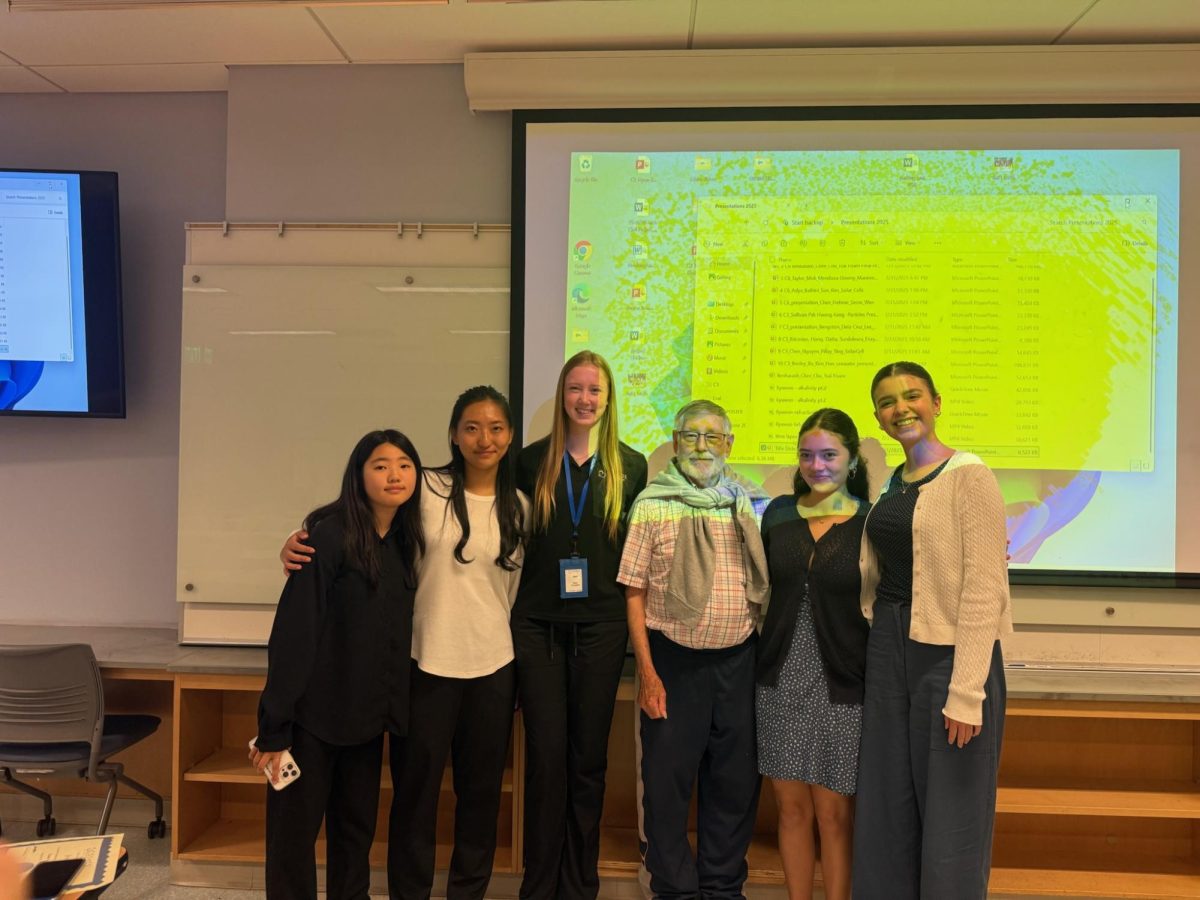

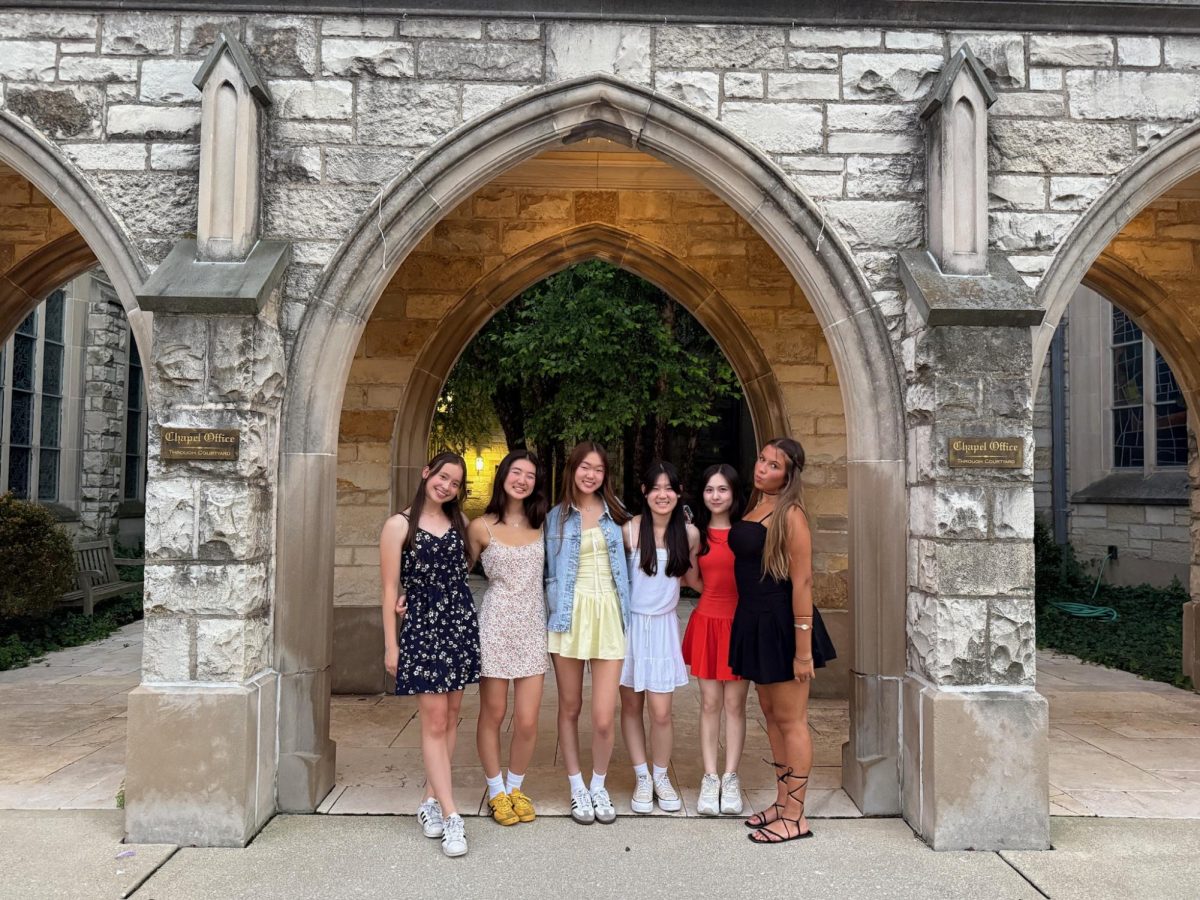
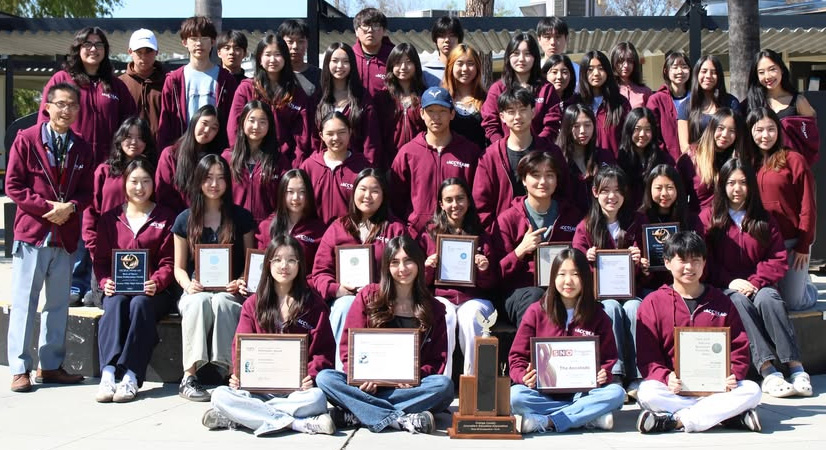
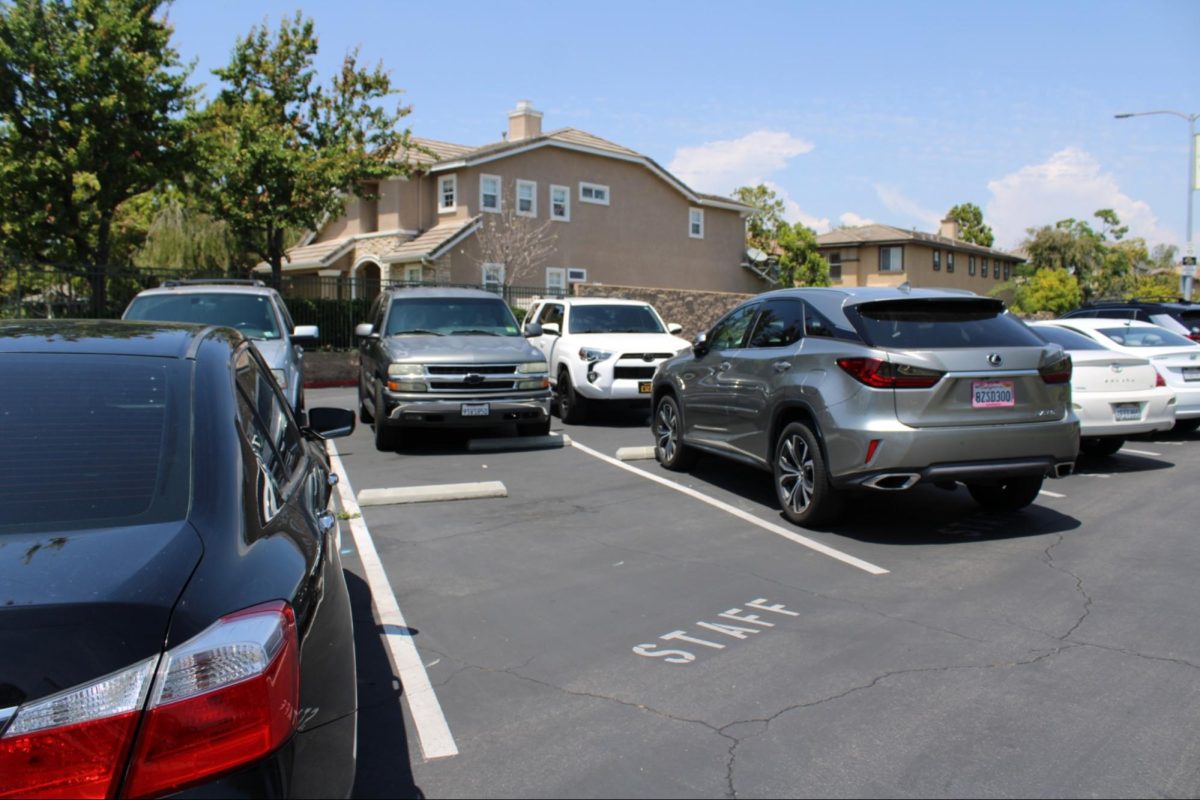
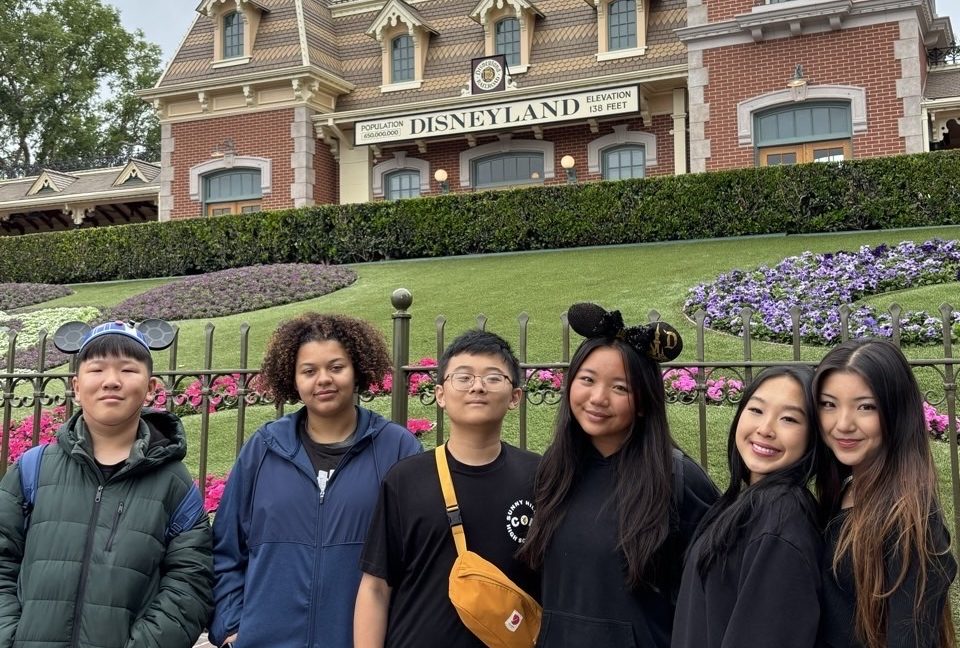


t • Mar 22, 2021 at 10:53 am
bruh